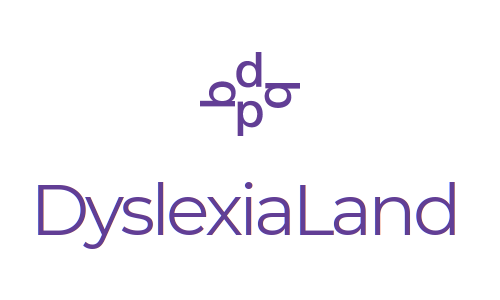Early Signs of Dyslexia
What are the early signs of dyslexia?
This is one of the most common questions from parents concerned that their children might be dyslexic or have another learning difference or difficulty. If you know what to look for, the early signs of dyslexia can be apparent long before a child is of school age.
Children with dyslexia may be very creative, compassionate, and clever, with great storytelling abilities and an uncanny ability to comprehend and build in 3-D. They also may have delayed speech, difficulty understanding the sounds in words; confuse right and left, have trouble rhyming, memorizing, or tying their shoes.
Since dyslexia is hereditary; if it runs in your family, and your child exhibits this pattern of strengths and challenges, it’s important to assess for dyslexia and provide appropriate instruction in reading, writing and spelling as soon as possible. Do not wait, and do not allow the schools to tell you to wait; it’s much easier to instruct a child appropriately from the beginning than to remediate a struggling third grader.
The signs of dyslexia in an older child also include difficulty writing, note-taking, telling time and time management; other challenges include clear understanding of concepts, but difficulty taking tests or writing richly detailed papers. As students continue to struggle academically, they may experience negative emotional or behavioral issues, engage in truancy, self-harm or substance abuse and loss of their full potential as they become adults.
Signs indicating dyslexia might be misinterpreted as ADD or willful disobedience, and must be scrutinized to find the root cause. Typically, it’s much more difficult for a student to learn to read, write and spell in this negative environment, and it is rare that appropriate remedial services are available in secondary school—all the more reason why dyslexic students must be identified early and instructed properly from the beginning.


